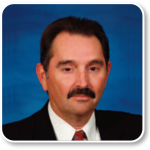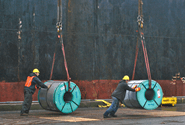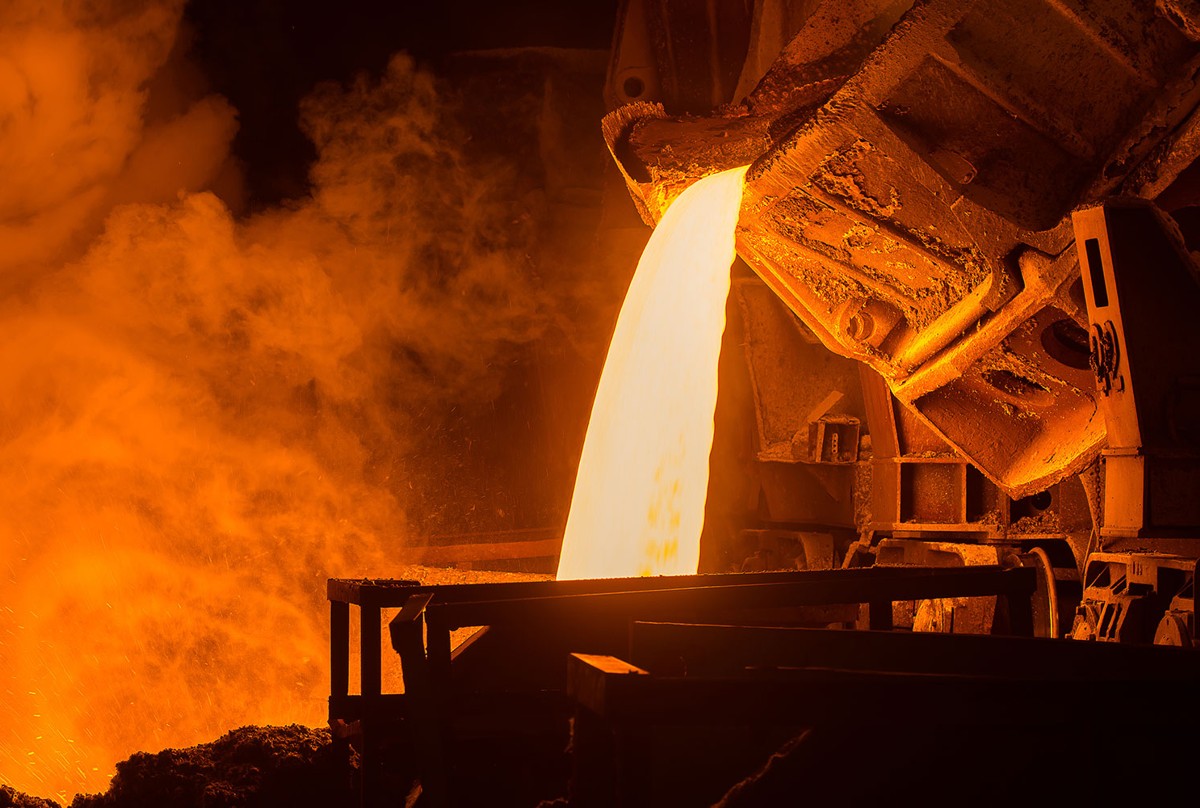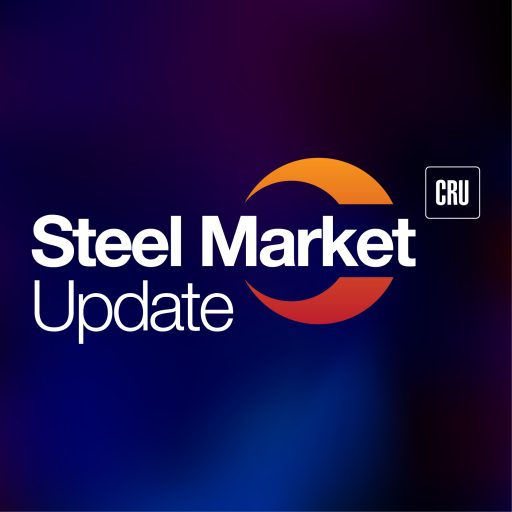Analysis

November 23, 2025
Final Thoughts
Written by Stephen Miller
With all the bad news flowing out of Ukraine in recent years, it has brought back memories of visits I made there in the mid-1990s when things were more optimistic after the Iron Curtain fell.
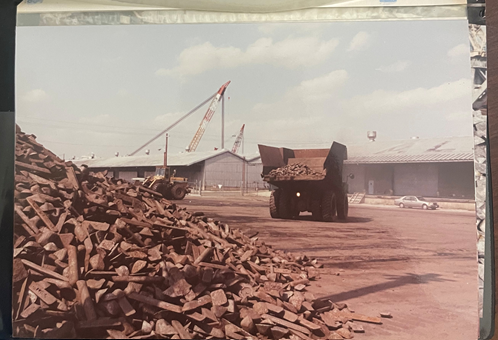
To be honest, the country faced numerous problems at that time. But the attitudes and aspirations of the people there were nothing but positive. They believed then they had the opportunity to progress both culturally and economically. They were still close to Russia then and Russia was displaying the same sentiments. How things have changed!
1994!
In February of 1994, I led an expedition to Ukraine with two steel executives of a US mini-mill. During this era in American steelmaking, pig iron was in demand to feed the newly built thin-slab casters. They weren’t the only mills who expressed interest. Beside Brazil, Ukraine was a willing exporter.
While attempting to conclude the purchase of a cargo of Ukrainian basic pig iron, the management of the mill, not being experienced with pig iron, conditioned a physical inspection of the pig iron in Ukraine before finalizing the contract. The CEO of the trading company I represented told me, “Go ahead and take them there.”
From Cleveland to Ukraine
The thought of a trader like me, who mainly traded scrap between Cleveland and Pittsburgh, going on a mission to a country such as Ukraine seemed like a far-off fairy tale. But off we went. I took out extra life insurance at a kiosk in the airport. As it turned out, I did not need it. After an overnight stay in Switzerland, we left for Kiev (now Kyiv) with our European partners.
Borispol Airport, as it was called back then, was not a hospitable building. After being transported to the terminal, I was interrogated by Russian Army soldiers in a private stall. I told them why I had come and showed them my papers. They were not nice, but finally admitted me. They seemed to know what pig iron was and I was relieved since even most Americans did not.
We went to our hotel, which was just for foreigners. Not too bad and there was a casino in the basement. Later, we went to downtown Kiev and met with the local trading group who would guide us around. These guys knew their way around. The streets of Kiev were bustling with people socializing all in good spirits. They were many restaurants and bars. The food was very good, especially the sturgeon!
Tough times
However, everything was not so good there. The country was suffering from hyperinflation in their transition to a market economy. Their currency, the Hryvnia, was depreciating almost hourly. I ordered a coffee for $2, equal to 17,000 in Ukrainian. Four months later on my second visit in the same café, $2 was worth 38,000 hryvnia. Wow!
Ukraine is an amazing country. The people are industrious and well educated. In addition to being the breadbasket of that part of the world, there is a large industrial sector with skilled workers (which still operates today despite the war). Hyperinflation was making normal life impossible for blue-collars and citizens on fixed incomes. I noticed many people living inside the bus and train stations.
A long journey
Back to our mission of inspecting pig iron. The main obstacle was we were in Kiev and the pig iron was in the Odessa area 400 miles to the south. This required us to arrange transportation by rail for a 12-hour overnight journey.
I figured, ‘Good, I’ll see the countryside.’ For most of the trip, the railway was lined by fir trees, so you couldn’t see anything. A remnant of Soviet paranoia.
Anyway, we pulled into Odessa in the morning and proceeded to the port of Illichivsk.
While there, we visited a Ukrainian grocery store. The meat section looked as if the cattle had been put through a shredder and there were scant other offerings. However, next door another store, obviously for foreigners and wealthy citizens, offered a modern selection of food and wares. To this day, I remember that.
Pig iron calls
When we got to the port, the Russian authorities checked us through and brought us to the superintendent’s office where we conversed as best we could and had a toast before going to the docks to see the pig iron. There were four Ukrainian mills that supplied the international market with the majority of material. These were Kryvyi Rih, Donestsk, Dnieper, and Illich.
Each had its own chemistry that adhered to international specifications. Also, each producer has its own ingot size and shape. There were bars, bread loaves, large pyramids, and small pyramids. I drew the shapes in my diary and approximated their chemistries and origins. It was impossible to inspect the exact pig iron in the cargo you bought because all the various sizes and shapes were comingled in a surge pile awaiting stowage onto a vessel. So much for that! The good thing was all the pig iron there was low phosphorous. US steelmakers preferred the lower Phos material as Brazil did not produce enough. I gathered some sample chips of the various ingots for the trip home to analyze.
We went back to Odessa and walked the beautiful streets looking for a place to eat and have a drink before catching our train back to Kiev. It was snowing. The architecture in Odessa is a combination of European and Asian. The buildings have numerous courtyards and atria. It is hard to fathom this city and Kyiv are enduring constant bombardment today.
Return trip
Back in Kiev, I was scheduled for an early morning flight to New York, hesitantly arranged on Air Ukraine. Kiev received nine inches of snow overnight and it was still coming down in the morning. I figured we were not flying that day. WRONG! Boy, was I worried.
At Ukrainian customs the agents X-rayed my bag and the pig iron samples were clearly visible. Several very tall soldiers pulled me aside and asked what they were. So, I told them. Luckily, they looked at each other and shrugged and sent me on my way into the worst snowstorm I had been in for a while.
Miraculously, the plane lifted off the snow covered runaway and I was home later that evening.
The cargo arrived at Port Newark about a month later. All parties were pleased with the results, so much so, they wanted to buy another cargo and plan another trip. I’ll save the travelogue of that one for another time. I just want to say, I hope the Ukrainian people can continue their journey to cultural and economic prosperity. After all they have gone through and how they have managed to survive, it’s obvious they deserve it.
